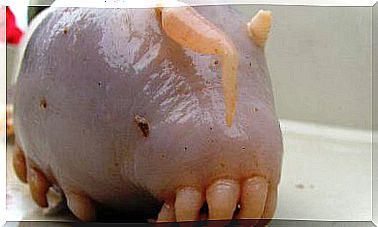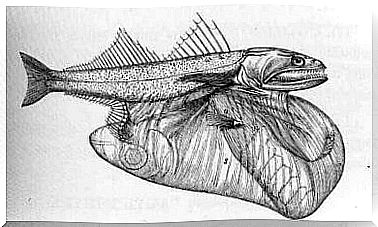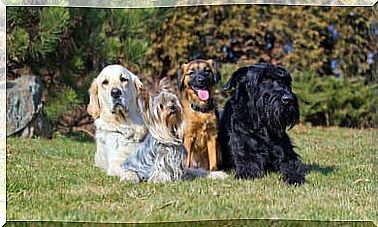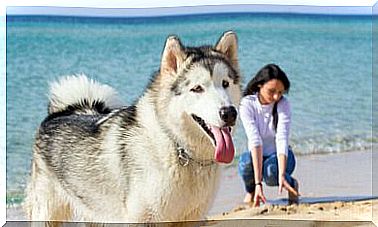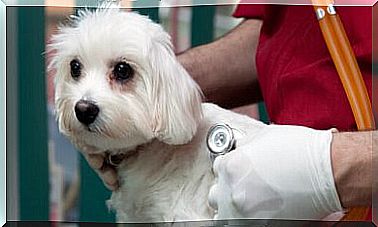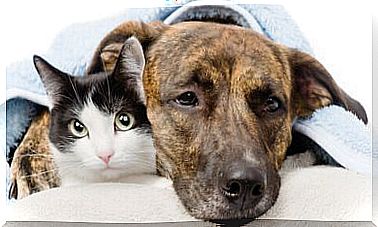How To Protect Dogs From The Cold?
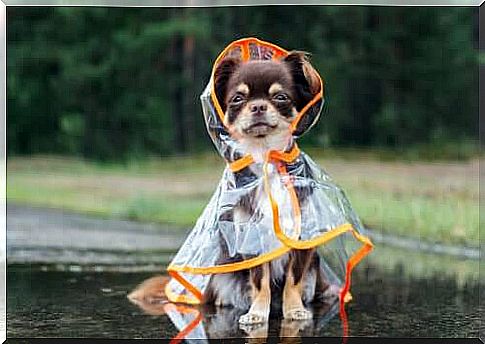
As with humans, cold can be a risk factor to animal health. Therefore, protecting puppies from the cold and unfavorable weather conditions is essential.
Dogs are the pets that are most exposed to the winter cold, so their routine walks make them susceptible to colds or more serious lung disease.
However, not all breeds need the same care, as the smallest and short-haired are the most sensitive.
Recommendations given by veterinarians to protect puppies from the cold
- Avoid sudden changes in ambient temperature. Owners often leave the house with their pets outside without being aware of the drastic difference in temperature between the air-conditioned house and the outside. Thus, the most appropriate would be to regulate the internal temperature of the house in such a way that, in the moments before the tour, it was more neutral.
- Protect dogs with coats or raincoats. Creating a physical barrier against wind, rain and cold is the most effective measure against unfavorable weather conditions. However, it is worth noting that many of the hats, socks or other types of accessories sold in pet shops have as their sole objective the so-called ‘dog fashion’ which, in addition to being ineffective against the cold, can affect the pet’s comfort.
- Clean and dry efficiently after each ride. Despite wearing warm clothes, dogs usually get wet, especially in the area of the paws and snout. Removing mud and excess moisture is essential to prevent colds and possible skin damage.
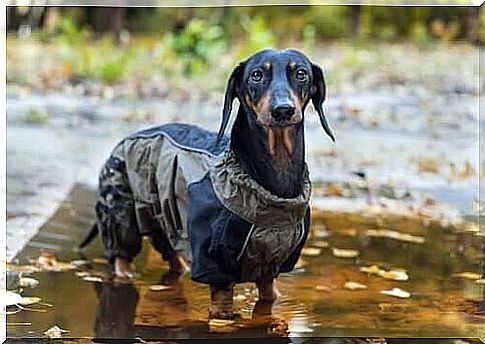
- Avoid or reduce contact with snow. The animal’s pads can be bruised if they remain for long periods on frozen surfaces. In addition, the owner must ensure that their pet does not ingest the snow, as this can cause indigestion later on.
- Ensure the animal’s well-being in the domestic environment. Protecting puppies with blankets according to their size and avoiding drafty areas is important for their comfort and health indoors. Although animals are generally on the move, when they are alone or when weather conditions are adverse, their activity decreases, so protecting them can help keep their body temperature from dropping too low.
- Keep the vaccination card up to date. As at any time of year, the animal must have its vaccination schedule updated. At the same time, it is essential to continue with the preventive deworming measures that some owners mistakenly postpone into the warm months.
- Provide adequate nutrition. It is common for dogs to require more food during cold seasons, as energy expenditure is higher. In addition, it is necessary to be aware of the possible digestive problems that a bad diet can cause.

As a general rule, small dogs with short coats or less robust are the most sensitive to the cold. However, it is worth noting that age is also a key factor: puppies and especially the elderly are the ones who get sick most often.
Some of the symptoms that can help pet owners identify a lower-than-normal body temperature are shivering or chills, excessive drowsiness, and dry muzzle or peeling skin.
Therefore, given the impossibility of avoiding routine walks during the coldest moments of the day, preventive measures are the key to maintaining the animal’s good health.

